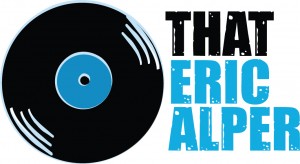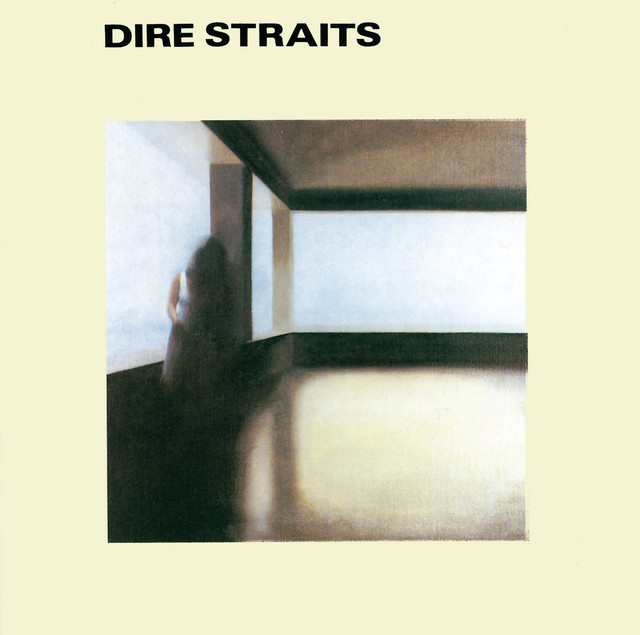Before the MTV-era mega-hits, before Mark Knopfler became the fingerpicking philosopher king of rock, there was Dire Straits — a lean, moody, and quietly revolutionary debut album. Released on 9 June 1978, it was full of shadowy pubs, dry guitars, and that one song you’ve heard in every car commercial ever (Sultans of Swing, of course). But there’s more to this record than meets the FM dial. Here are 5 things you (probably) didn’t know about Dire Straits.
1. Charlie Gillett Was the Real Sultan of Swing
Long before Spotify algorithms and TikTok virality, Dire Straits owed their break to one man: radio DJ Charlie Gillett. Mark Knopfler mailed him a demo cassette, and rather than send a form rejection or never open it (as most might), Gillett played it on air. That airplay — especially the spin of “Sultans of Swing” — led to Dire Straits’ first contract. No polished PR push, no label-backed showcase. Just a great song, a trusted DJ, and the magic of radio. A true tale of punk-era underdog triumph.
2. Mark Knopfler’s Guitar Rig Was No Rock God Arsenal
You might imagine walls of Marshalls and a Les Paul with dragon inlays — but the sound of Dire Straits came from gear more modest than mythic. Knopfler recorded using a couple of red Fender Stratocasters (one from 1961, the other from 1962), along with a 1938 National Style O resonator guitar on tracks like “Water of Love.” That dry, woody tone? Thank the gear — and Knopfler’s fingers, which rejected picks altogether for the nimble, understated touch that became his signature.
3. “Down to the Waterline” Was Literally a Walk Down Memory Lane
That evocative opening track, where the band “emerges from the fog”? It’s no accident. Mark’s brother David confirmed the song drew from Mark’s teenage nights walking beside the River Tyne, hand in hand with a girl, under Newcastle’s shimmering lights. Add to that a quivering guitar intro and critics swooning over its “galloping groove,” and you’ve got a song that’s both specific and universal. It’s where nostalgia meets noir, with a Stratocaster playing tour guide.
4. “Water of Love” Became a Country Classic — Without Knopfler’s Consent
Knopfler wrote it in a period of bleak introspection, never imagining that country music would come calling. But his publisher made demos of the song without his approval, resulting in multiple country covers — including one by The Judds. Not only did Wynonna Judd deliver a smoky, nocturnal vocal, but Knopfler played guitar on the track. So a song born from post-divorce despair in London wound up haunting jukeboxes in Tennessee. That’s showbiz, baby.
5. The Album Art? Straight Outta Soho by Way of Chuck Loyola
While the music was lean and raw, the visuals were artful and abstract. The cover painting was commissioned from artist Chuck Loyola by the London design studio Hothouse. The back cover features the now-iconic Dire Straits Fender logo, designed by Geoff Halpern — a nod to the guitar sound at the heart of it all. No leather jackets, no staged band photos, just vibe. And that’s what set them apart from the start: no flash, all feel.
It’s hard to overstate how Dire Straits, the album, rewrote the rules without anyone noticing until it was too late. No punk sneer, no disco glitter. Just songs about real people in real places, played with immaculate restraint. It was the sound of a pub at midnight, a hand on your shoulder, a story being told without shouting. And nearly five decades later, it still whispers truths into the night.







